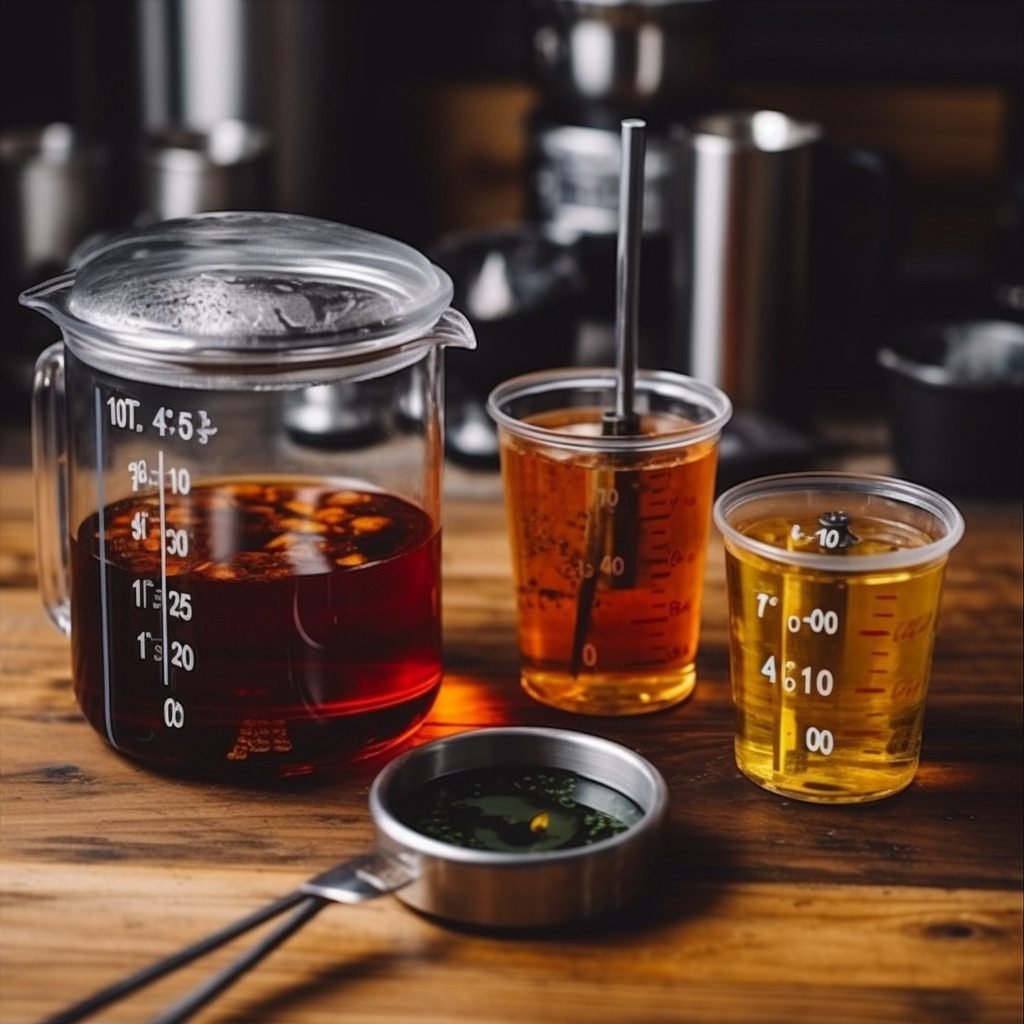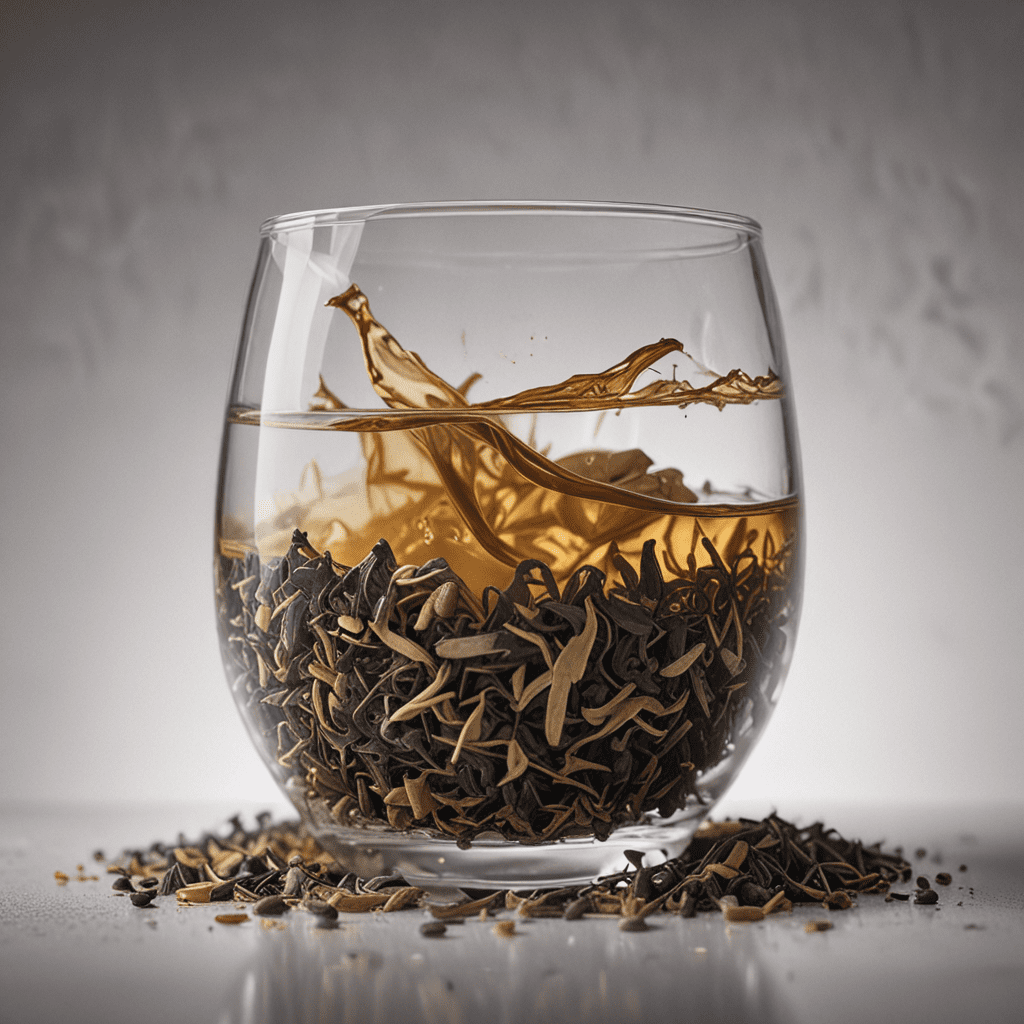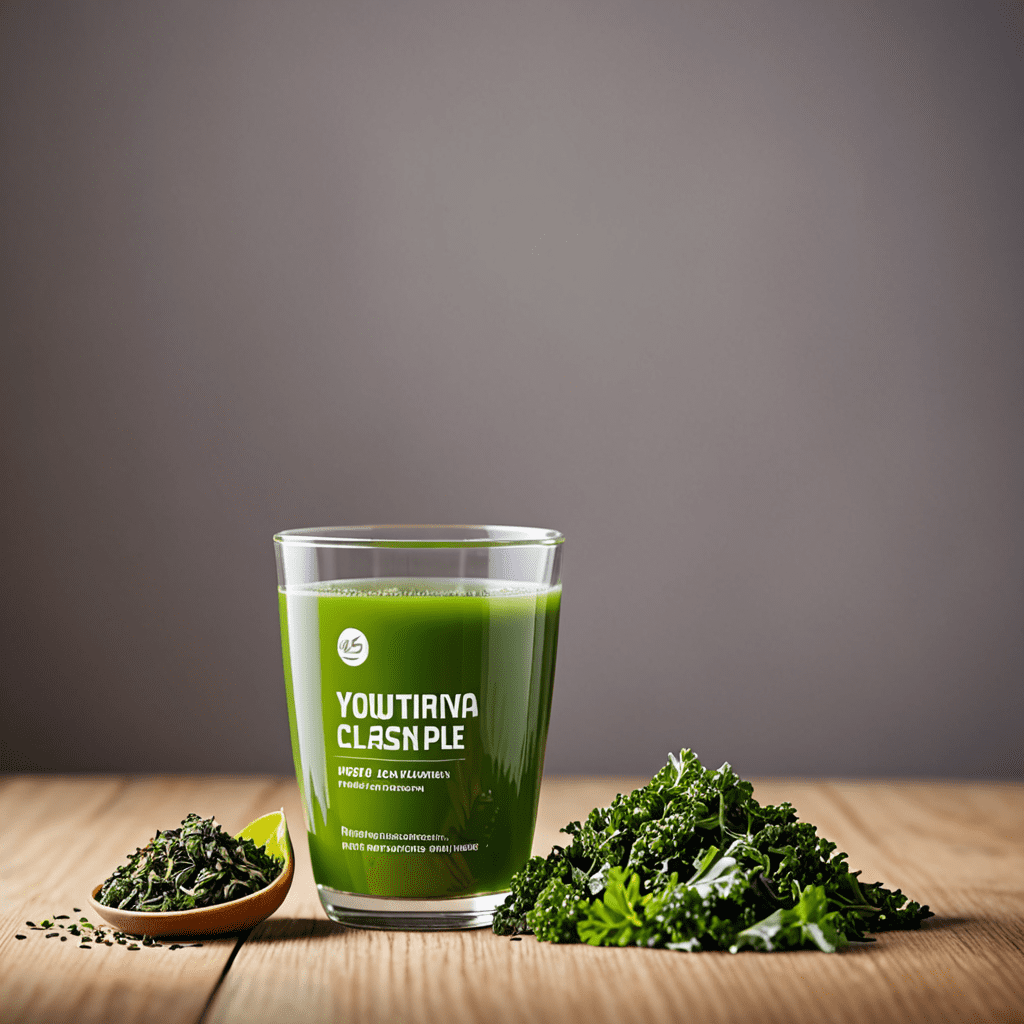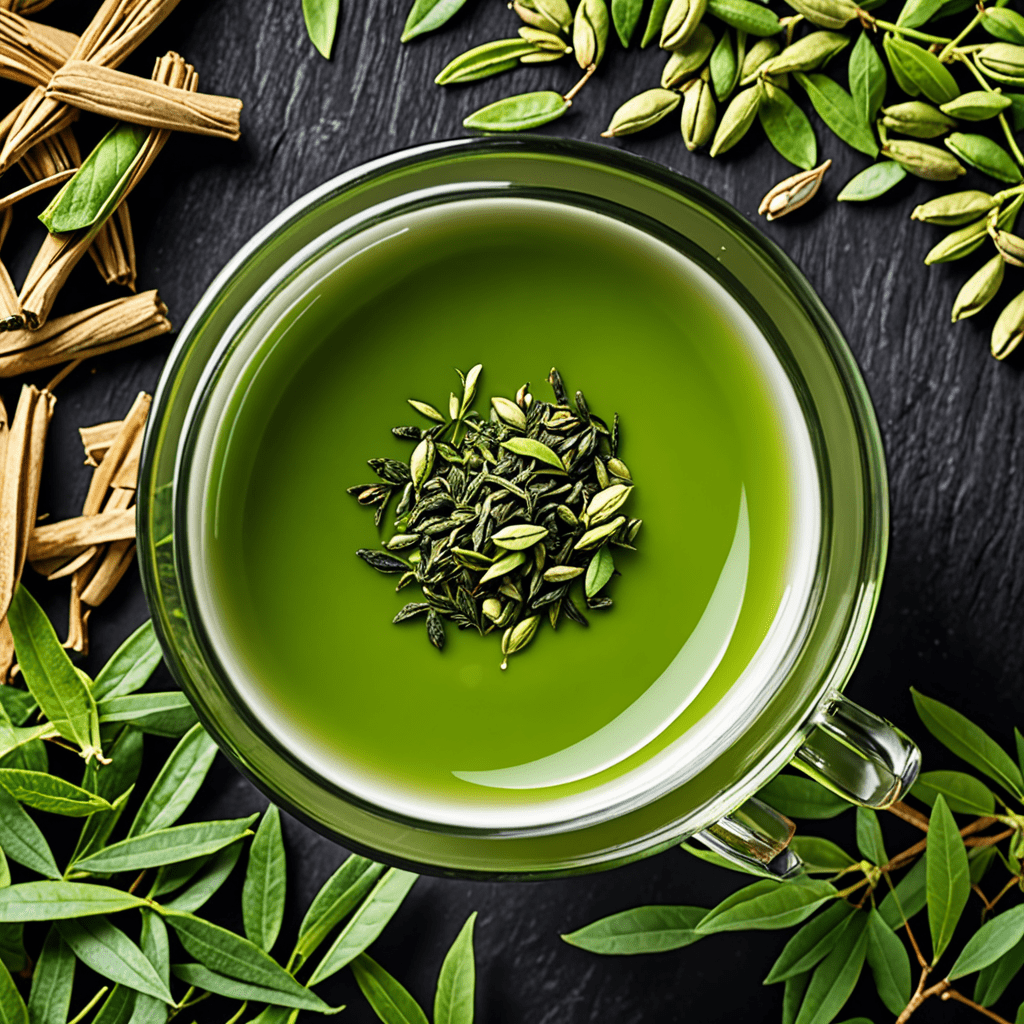The Ideal Temperature for Brewing the Perfect Cup of Tea
When it comes to making tea, most people focus on the quality of the tea leaves or the steeping time. However, one crucial but often overlooked factor in achieving the perfect cup of tea is the brewing temperature. The temperature at which you brew your tea can significantly impact its flavor, aroma, and overall experience. In this article, we will delve into the key elements of tea brewing temperature, provide practical tips, and discuss how to incorporate it into your tea-making routine.
Key Elements of Tea Brewing Temperature
To fully understand the importance of tea brewing temperature, it is essential to explore its key elements. Here are three crucial elements you should be aware of:
1. Tea Type
Different types of tea require specific brewing temperatures to achieve their optimal flavor profiles. For example, delicate white and green teas are best brewed at lower temperatures around 160°F to 180°F (70°C to 82°C). On the other hand, black and oolong teas typically require higher temperatures ranging from 190°F to 212°F (88°C to 100°C). Understanding the ideal brewing temperature for each tea type ensures that you extract the best flavors from the leaves.
2. Taste and Aroma
The brewing temperature can significantly impact the taste and aroma of your tea. Brewing at lower temperatures tends to result in a lighter, more delicate flavor profile, while higher temperatures can bring out bolder and more robust flavors. By experimenting with different temperatures, you can customize your tea experience to suit your personal preferences.
3. Tea Quality
Using the correct brewing temperature is crucial for fully appreciating the quality of the tea you have selected. High-quality teas are often delicate and require precision in brewing to avoid over-extraction or scorching the leaves. By following the recommended brewing temperatures, you can ensure that the nuances and subtleties of the tea are preserved.
Tips for Tea Brewing Temperature
Now that we’ve explored the key elements of tea brewing temperature, let’s dive into some practical tips to help you achieve the perfect cup of tea:
- Know your tea: Familiarize yourself with the optimal brewing temperatures for different tea types. Refer to the packaging or consult reliable sources to ensure you are using the correct temperature.
Invest in a thermometer: To accurately measure the water temperature, consider investing in a kitchen thermometer. This will help you achieve precision and consistency in your tea brewing.
Adjust brewing time: If you find that your tea tastes too bitter or lacks flavor, it may be due to brewing at the wrong temperature. Try adjusting the brewing time while maintaining the recommended temperature to achieve a better balance of flavors.
Experiment and take notes: Tea brewing is a personal journey, so don’t be afraid to experiment with different temperatures. Keep a journal of the brewing temperatures you’ve tried along with your observations on taste, aroma, and overall enjoyment.
Consider water quality: The quality of the water you use can also impact the taste of your tea. Filtered or spring water is often recommended to ensure a clean and pure flavor.
Incorporating Tea Brewing Temperature
Now that you have a better understanding of tea brewing temperature and some tips to enhance your brewing experience, let’s explore a few ideas for incorporating it into your tea-making routine:
- Tea tasting sessions: Host tea tasting sessions with friends or family where you explore different teas and experiment with various brewing temperatures. This can be a fun and educational way to appreciate the subtle variations in flavor.
Tea subscriptions: Sign up for a tea subscription service that provides detailed brewing instructions with each shipment. This will allow you to explore new teas while ensuring you brew them at the optimal temperature.
Temperature-controlled kettles: Consider investing in a temperature-controlled kettle that allows you to set the desired temperature for your tea. This convenient tool takes the guesswork out of finding the right temperature.
Educate others: Share your knowledge of tea brewing temperature with fellow tea enthusiasts. Host workshops or create online tutorials to help others improve their tea brewing skills.
By incorporating these ideas, you can elevate your tea brewing experience and develop a deeper appreciation for the art of making tea.
Frequently Asked Questions about Tea Brewing Temperature
Q: Can I use boiling water for all types of tea?
A: While boiling water is suitable for black and herbal teas, it can be too hot for delicate tea leaves such as green or white tea. Using water below boiling temperature ensures a more balanced and nuanced cup of tea.
Q: What should I do if I don’t have a kitchen thermometer?
A: While a thermometer is helpful for precision, you can still estimate the temperature using visual cues. For example, for green tea, wait for small bubbles to form on the bottom of the kettle before pouring.
Q: Do herbal teas have specific brewing temperatures?
A: Herbal teas are generally more forgiving when it comes to brewing temperature. You can use boiling water for most herbal infusions without worrying about bitterness or over-extraction.
Q: Can I use cold water to brew tea?
A: Cold brewing is an alternative method that involves steeping tea leaves in cold water for an extended period. This method can create a smoother, less bitter tea with different flavor profiles. However, it is not suitable for all types of tea.
In conclusion, understanding the importance of tea brewing temperature can significantly enhance your tea-drinking experience. By following the recommended temperatures, experimenting, and taking note of your preferences, you can unlock a world of flavors and aromas in your favorite teas. So, next time you indulge in a cup of tea, remember to pay attention to the temperature and savor the exquisite flavors that unfold with each sip.



